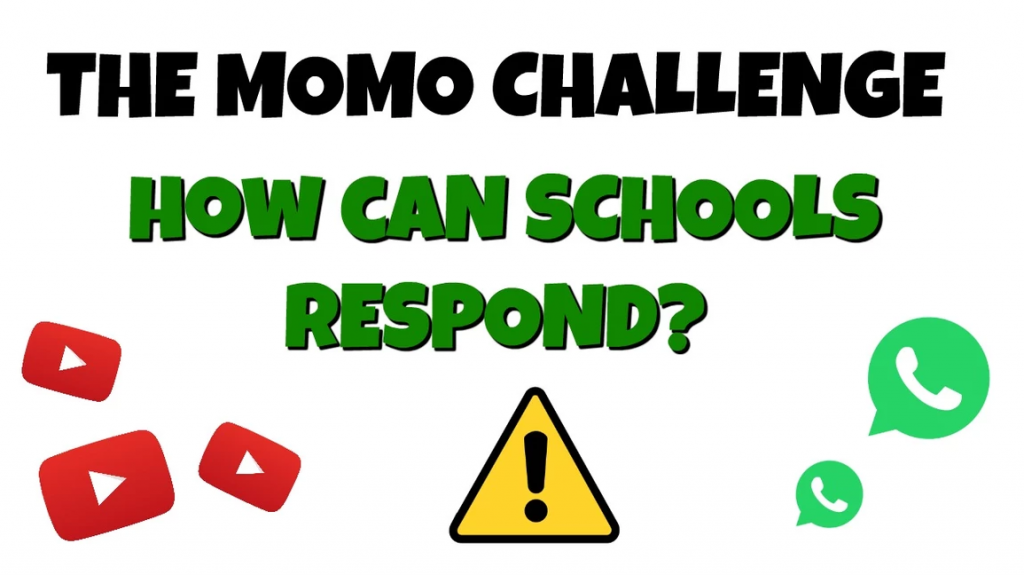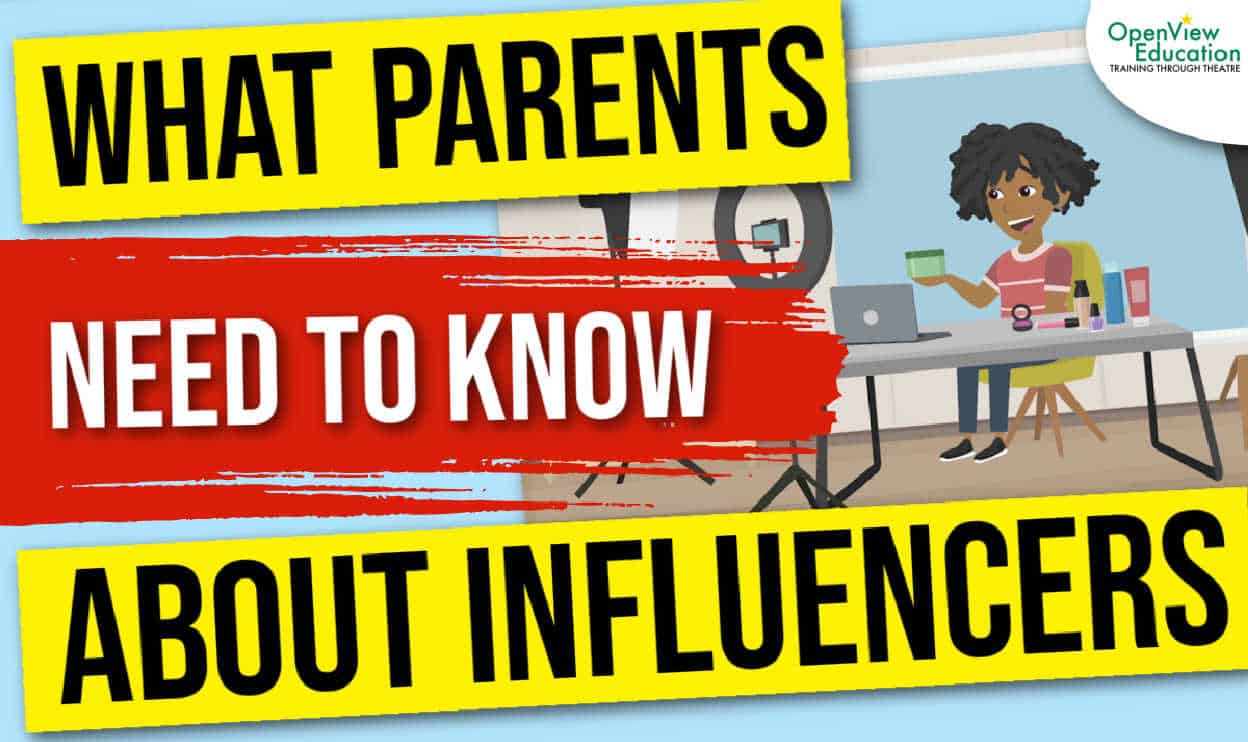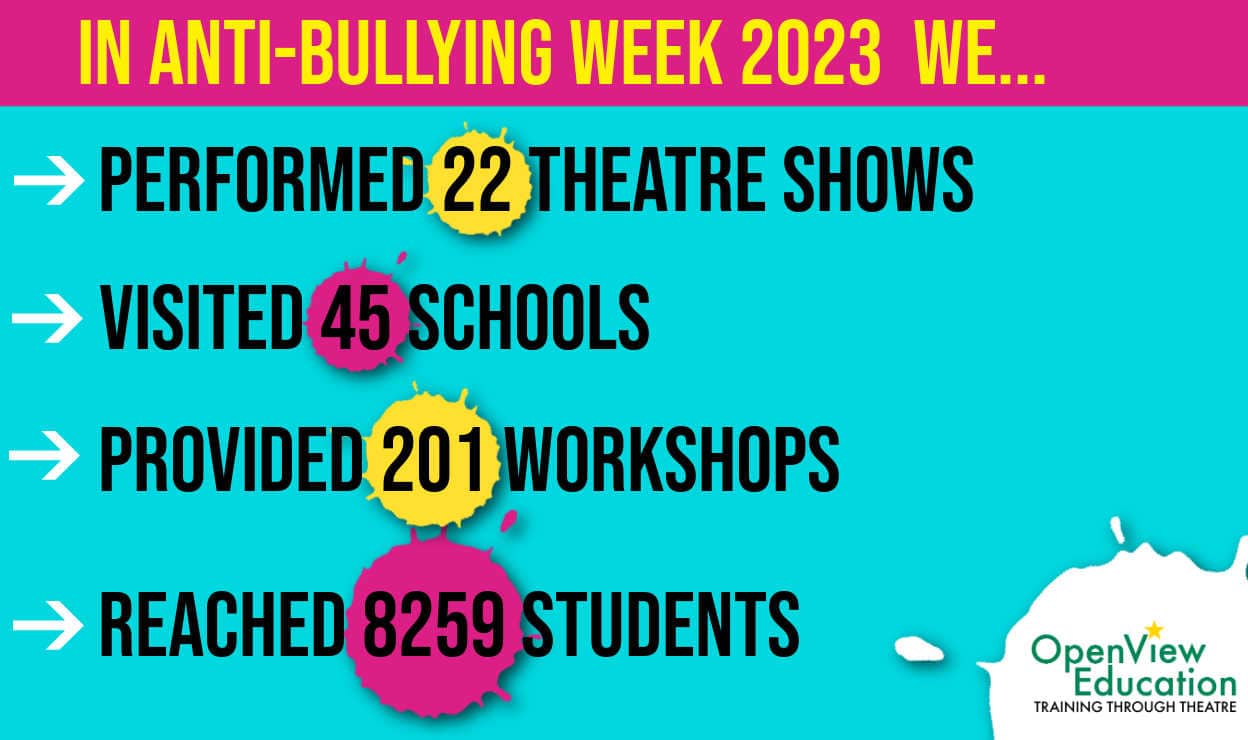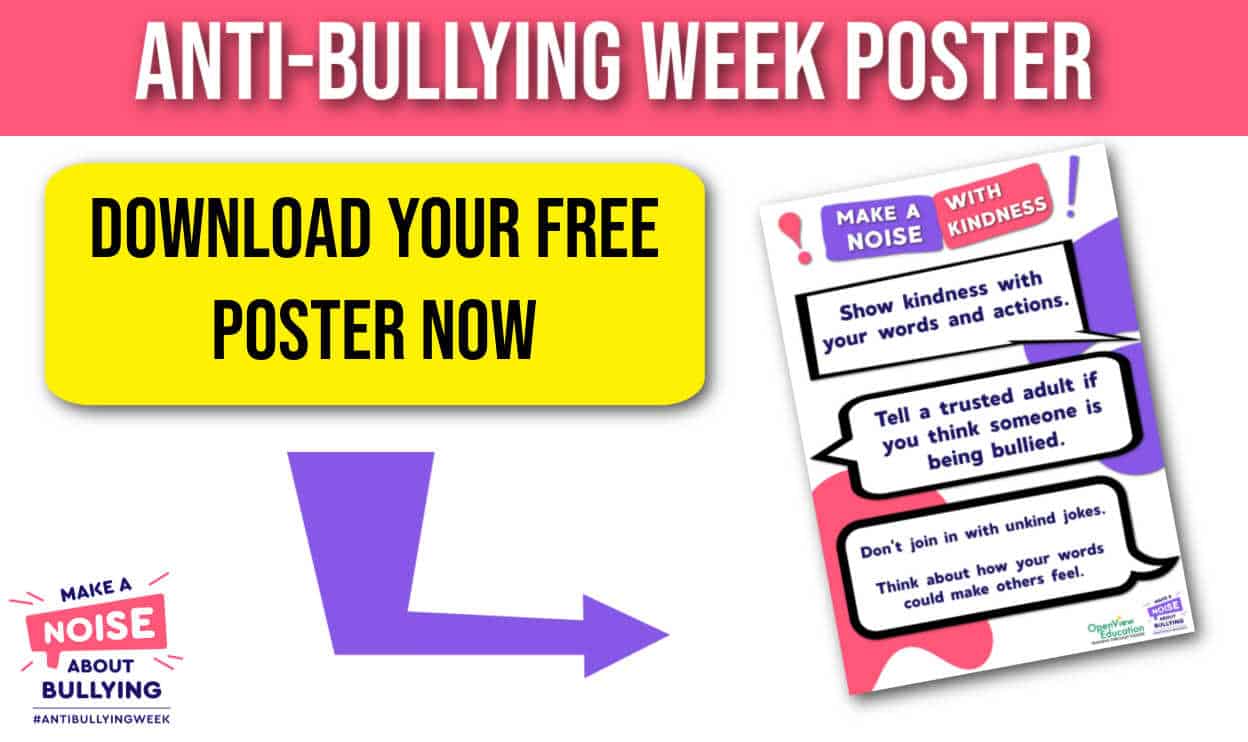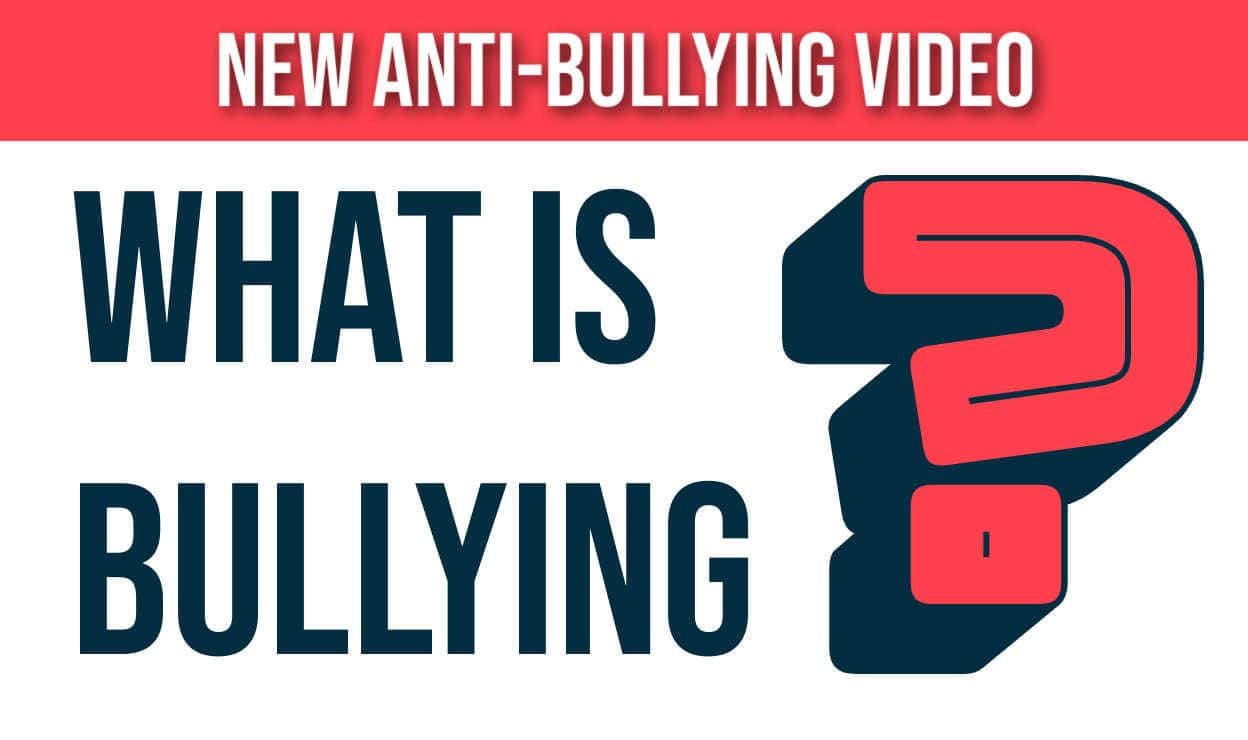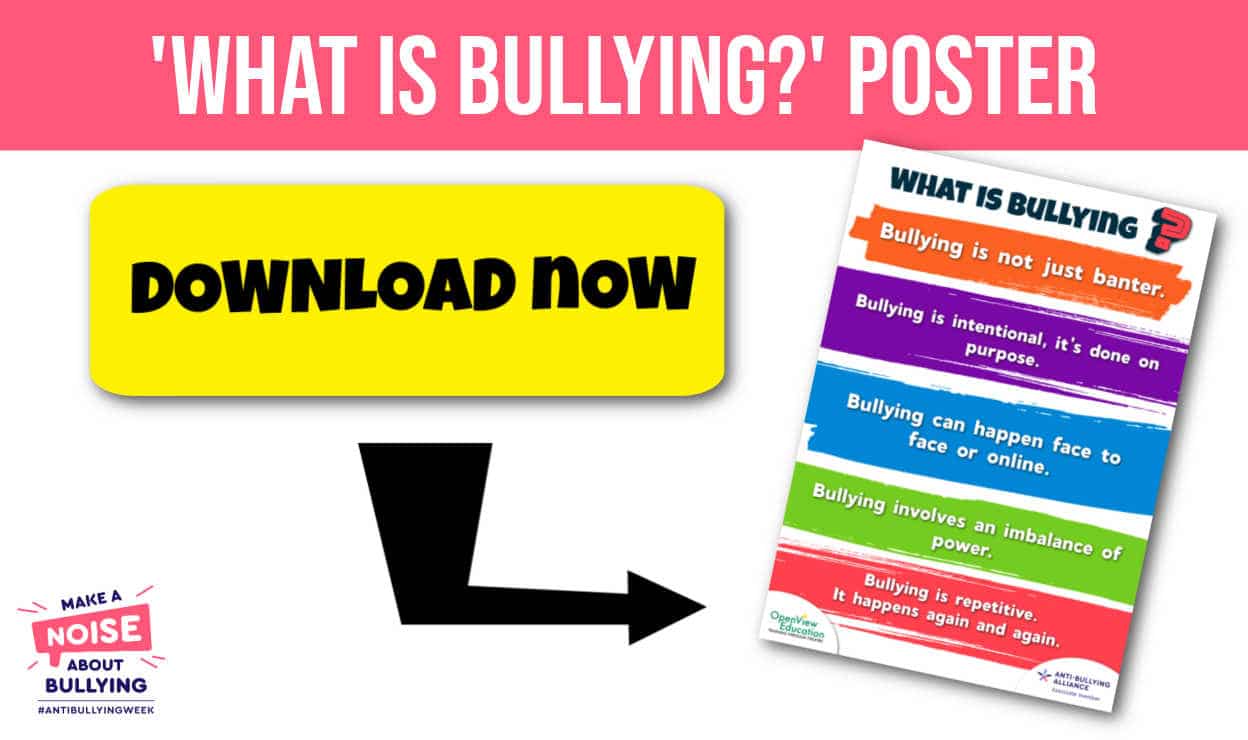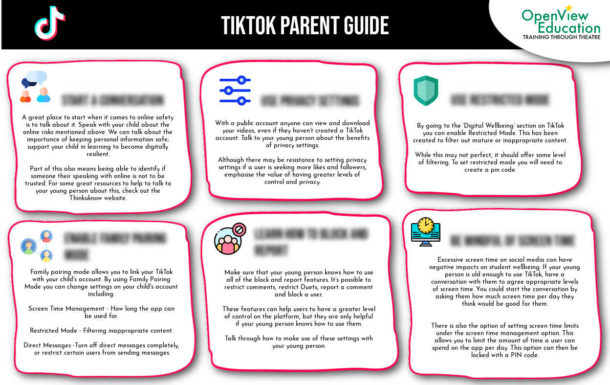What is the Momo Challenge?
The Momo Challenge is a hoax Internet Challenge that was initially spread by Facebook users and more recently has been spread via WhatApp and has been posted on YouTube. It was reported that young people were being instructed to perform dangerous tasks, including self harm.
The viral image that is associated with the Momo Challenge is of a sculpture which was produced by a Japanese Artist, Keisuka Aisawa, from the special effects company, Link Factory. The artist and the company are not connected in any way to the Momo Challenge. The Momo challenge first came to prominence in July 2018, and has since had a resurgence in February 2019. It drew media attention when the Police Service of Northern Ireland put a warning up about the Momo Challenge on Facebook.
What is important to understand about the Momo Challenge is the scale of the media hype around the topic. Many media publications have associated the Momo Challenge with incidents with which it has no confirmed link. This has given parents and children the idea that the Momo Challenge represents a much larger threat than it actually does.
This has led to Schools throughout the UK being contacted by worried parents asking what is being done in response. Here are some strategies and key messages to convey when talking to parents and students about the Momo Challenge:
What can we say to the parents?
1. Listen to their concerns.
Start any conversation with getting a clear understanding about the parent or carer’s concern. If they are particularly distressed, you can repeat back what they have said. Get a clear understanding of how they are feeling, and what their main concerns are. Once you have expressed that you understand their concern you can reassure them that the danger represented by the Momo Challenge is minimal. Explain that the media has exaggerated the risk it poses, and many of the stories around the Momo Challenge are unfounded. Reassure parents that by taking simple steps to keep their young people safe online they can manage any potential risks.
2. Explain the Internet Safety messages you teach to the students.
Let them know what you are teaching the students about internet safety, and how these messages help young people to be digitally resilient and do help to keep them safe. Let them know you encourage young people to speak up to an adult if they see anything online that they find upsetting.
3. Encourage them to talk with their child. Let them know that they can reiterate this message to their child.
The best way of keeping young people safe online is having a regular, open conversation around their online experiences and directly addressing any curiosities they may have. Empower the parents at your school to start the conversation, this doesn’t have to involve directly referencing the Momo Challenge. It may be laying out an agreement that if they see anything upsetting online, they will speak up straight away. If their child is already asking about the Momo Challenge, suggest that they explain that the Momo Challenge is not a real person.
4. Parental Controls.
Along with regular conversations with their child, talk about the benefits of using parental controls. If the parent is concerned about a specific platform, explain that they can apply parental controls for greater piece of mind. You can refer them on to
https://www.internetmatters.org/parental-controls/. They can search for any device or platform which will give them easy to follow instructions on how to apply parental controls.
Encourage parents to be part of a young person’s online life. This can involve asking questions about what they did online that day, playing their favourite online game together, or sitting down and writing out a Family Agreement.
5. Be careful what they share.
Many of the stories around the Momo Challenge are fictionalised, or exaggerated. Encourage parents to be mindful before they share any stories that may not be reliable. If the parents are looking for reliable sources for information on the Momo Challenge and Internet Safety, you can refer them on to the following sources:
What can I say to students?
In general, we don’t recommend discussing the Momo Challenge specifically with your students. This may result in greater curiosity and cause many students to search for the Momo Challenge, and then further exacerbate the challenge posed to the school. However, in certain situations, you may feel it is necessary or appropriate to mention it directly. If your students are already asking about it directly, here are some key messages to give your students.
1. Tell them it’s not real.
The story and the concept around the Momo Challenge can be quite frightening for young people. This is the same with any urban legend or ghost story from times gone by. It’s important to dispel their fears. Let them know that ‘Momo’ is not real and cannot hurt them. If you feel it’s appropriate you could tell them it was a piece of art that someone made. Just in the same way they would make a model in art: There’s nothing to be frightened of.
2. Peer Pressure.
One of the reasons the Momo Challenge has become so widespread is because it has been forwarded on regularly. You can talk to your class about thinking carefully before they send messages and pictures to other people online. Encourage Critical Thinking.With older students discuss the idea around peer pressure. Ask them…
How does peer pressure work?
Have you ever felt peer pressure?
What could be bad about peer pressure?
Give them the message that if they are feeling pressured by a conversation online they can speak up to an adult, and explain what is happening. They can also speak to their friends about it.
1. Report & Block.
For older students talk to them about what online platforms they are currently using. As part of their internet safety education, it’s important that they understand how to report and block on the platforms that they use. Check that students know how to report and block on the platforms that they use, and that they know what actions they can take if they receive a suspicious message, or if they are receiving a message from a number they don’t recognise.
2. Respect Others.
Talk to students about treating other people with respect online and thinking carefully before we share or send a picture or message. Encourage them to think about how our online behaviour can impact how other people feel. You can say to your students…
‘Before we send a message or a picture, ask yourself, ‘how could it make the other person feel?’’
If students are talking about the Momo Challenge, explain to them that other students may find it upsetting. Encourage students to focus on how they can use the internet in a positive way. For younger students you could deliver a lesson focused on how we can use the internet to be kind to others.
At OpenView Education we regularly work with teachers, parents and students delivering Internet Safety Workshops. We offer Parent Internet Safety Workshops, and Internet Safety Workshops and Performances for EYFS, KS1 and KS2. All our visits are supported with interactive Internet Safety Lesson Plans.
Find out how we could help your school
here.
